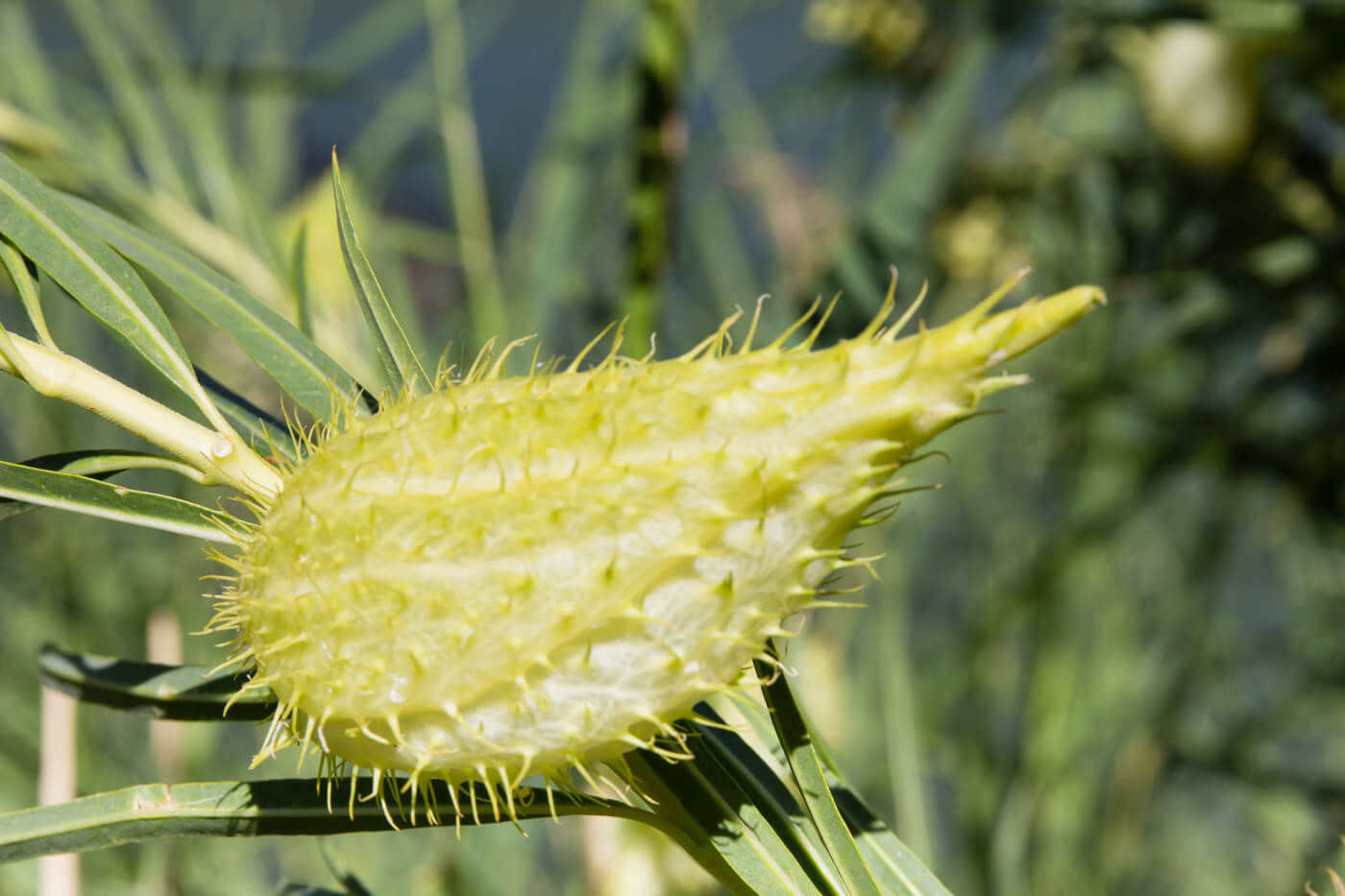Australian Plant Census (2011) available at: Vascular Plants APNI (biodiversity.org.au).
Goyder, D.J. and Nicholas, A. (2001) A revision of Gomphocarpus R. Br. (Apocynaceae: Asclepiadeae). Kew Bulletin 56: 769-836.
Lloyd, S. and Peirce, J. (2003) Narrow-leaf cotton bush. Farmnote, No. 43/2003. Department of Agriculture, The State of Western Australia, Perth, Western Australia.
Navie, S.C. and Adkins, S.W. (2007) Environmental Weeds of Australia. Centre for Biological Information and Technology, The University of Queensland, Brisbane, Queensland [CD-ROM].
Parsons, W.T. and Cuthbertson, E.G. (1992) Noxious Weeds of Australia. Inkata Press, Melbourne, Victoria.
Thorp, J.R. and Lynch, R. (2000) The Determination of Weeds of National Significance. National Weeds Strategy Executive Committee, Launceston, Tasmania.
WWF (2006). National List of Naturalised Invasive and Potentially Invasive Garden Plants. Version 1.2. World Wildlife Fund - Australia.



































